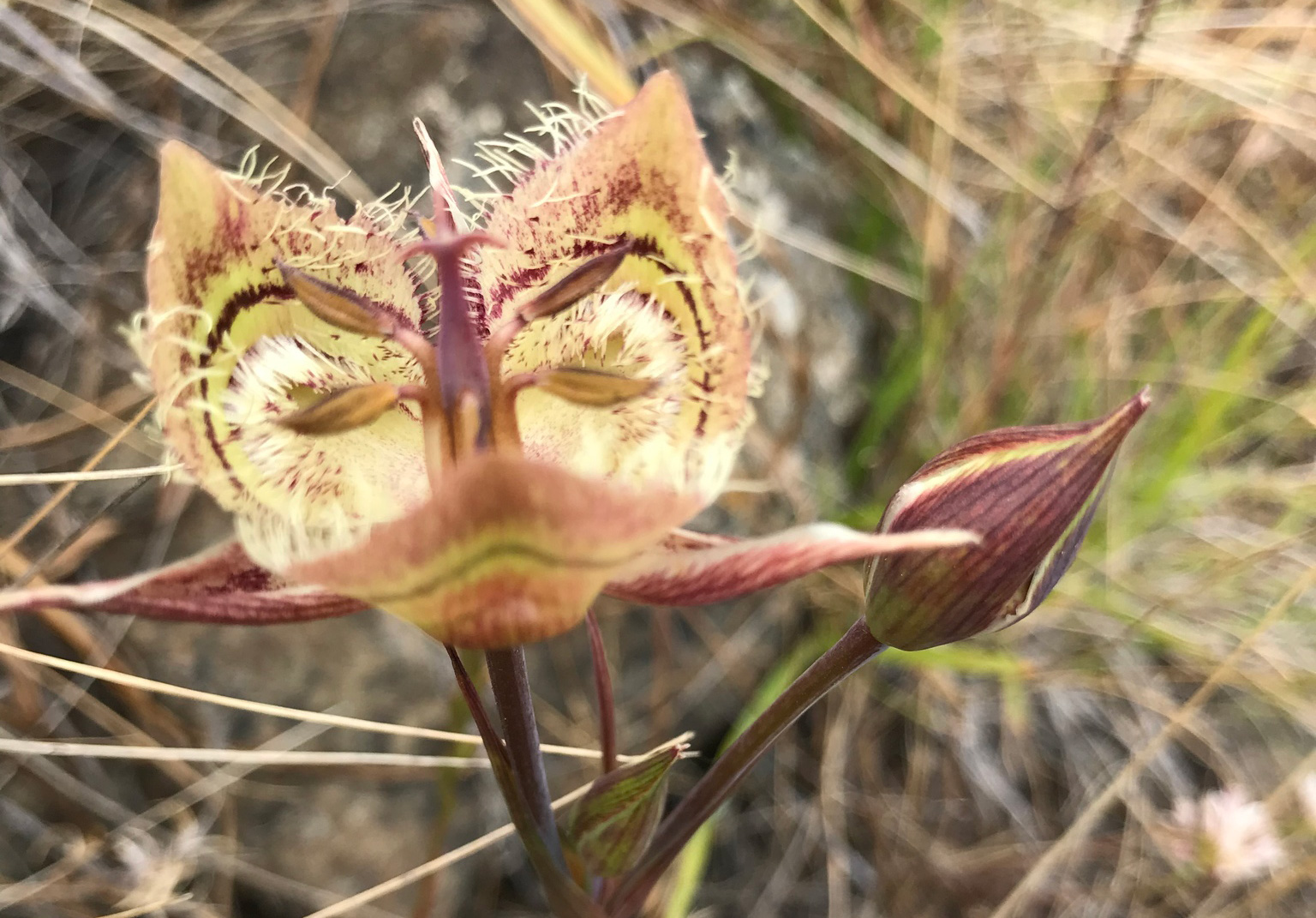California’s Wild Gardens: A Guide to Favorite Botanical Sites, edited by Phyllis M. Faber, University of California Press, 2005, 248 pages, $34.95 Recent years have seen the increasing use of native plants to create water-wise gardens in our cities and … Read more




-150x150.jpg)
-150x150.jpg)
-150x150.jpg)
-150x150.jpg)
-150x150.jpg)
-150x150.jpg)
-150x150.jpg)
-150x150.jpg)